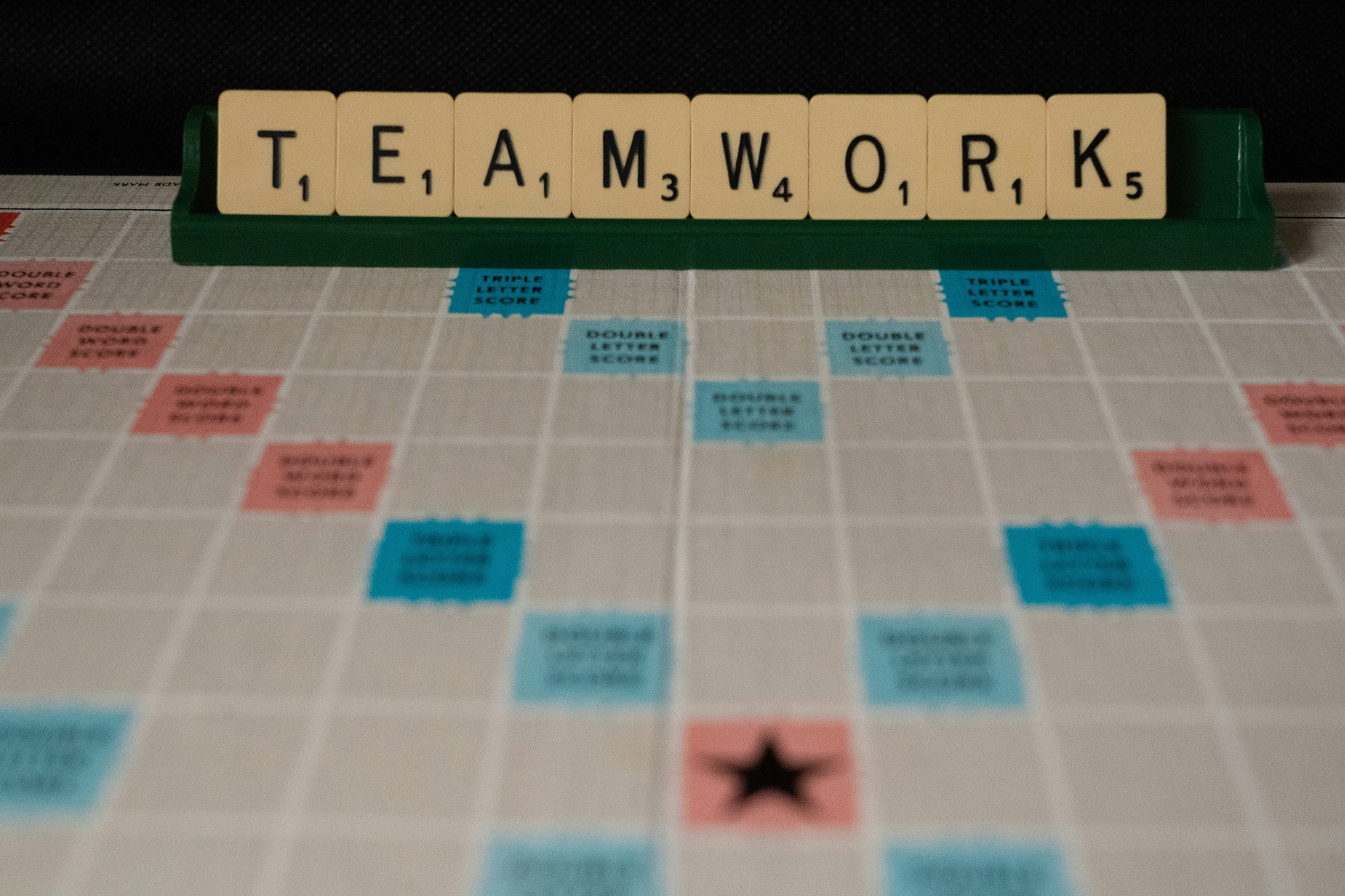Dangerous Silence and It's Influence on Business Outcomes
21 August 2023

In Professor Amy Edmondson’s thought-provoking book, The Fearless Organization, she discusses a concept she terms as ‘dangerous silence.’ Dangerous silence is described as a situation that arises in which the people present at the time, feel psychologically unsafe to speak up with concerns or alternative points of view. Instead, they sit there in silence, with the knowledge that the chosen method or plan is inherently flawed and could result in harm to people or the business in some way, shape or form. It's not an act of selfishness, more an act of self-preservation and emotional protection. How many of you have been in a similar situation, whereby you decide it's better to keep your mouth shut, even though you have something important to say?
As free-thinking human beings, we all suffer from thought bias. This is where our existing beliefs, past experiences and attitudes all work together to subconsciously frame our thinking and decision making in present experiences and situations. If we consider this in the context of an organisation, in which a manager has put forward a proposal for a course of action – it’s reasonable to assume they are coming from a position of believing in their idea. They’ve done the work and made the plan and now they want you to see how good it is too. In this scenario, silence could easily be construed as acceptance, agreement and support. Because it’s a great plan! A fantastic lesson from the work of Dr Aubrey Daniels, challenges us to consider if what we are measuring as engagement behaviours are in fact things a dead person could do – which signals to us that if a dead person can do it, it’s not a real behaviour or active engagement in the process or discussion. Sitting in silence, for example, is something a dead person could do. Therefore, silence from your peers is not really a sign of agreement or consent. Its demonstrating a lack of active engagement in what you are proposing. Imagine this on a continuum – at the far left we have no engagement or dangerous silence; in the middle we have constructive and collaborative feedback and at the far right we have obstructive and damaging feedback. In a healthy workplace, we would observe an interaction characteristic of the middle category – people asking questions, challenging directly but respectfully and everyone sharing the goal of getting the best possible outcome for the business, whilst still honouring and appreciating the work that’s been done up to that point. The alternative perspective here is from that of the listener. They have heard your proposal and are choosing to sit in silence. Why might that be?
For some, silence is golden. Silence provides a space to catch one’s breath. When you’ve been working hard on a pitch or a strategy and you mentally prepare for hard questions, interrogations even, or perhaps less than constructive criticism, presenting to a room of polite nods and no comments can be a moment of relief. It might feel like a rare moment where the easy road is a real possibility. So even when we verbally invite discussion and alternative perspectives, how we show up in those moments may send a different message. Mehrabian’s 7-38-55 communication model suggests that only 7% of the meaning we take from an interaction comes from the words spoken. Tone of voice provides us with 38% of the picture, whilst the remaining 55% comes from our body language, the majority of which is communicated via our facial expressions. These ratios should be at the forefront of our minds when we are seeking collaboration and feedback on important business issues. It's that old adage of actions speaking louder than words. How are we actually showing up? What unspoken message are we communicating in those moments?
We know that as momentarily relieving silence and agreement can be, they are not the ingredients for success, particularly when we look through a health and safety lens. When it comes to health and safety, we want to treat it like a contact sport. We want healthy and robust debate and alternative points of view. Diverse opinions and experiences bouncing off each other in a psychologically safe team environment. The leader plays the role of referee, making sure the contact is still respectful. Radical candour is encouraged, where the players challenge directly, but are caring deeply for one another (Scott, 2019). Leaders in this type of environment are able to envisage the end goal and the pathway to it. They can see that the time expended on intense teaming will be worth it in the end. Because, at the end of all that questioning and discussion, you’ll have the best plan, from the minds who know best and who are now deeply invested in delivering the plan. Together, the team will have greatly reduced the divide between work as imagined and work as done.
Alternatively, when we dread being questioned, or think we hold all of the answers, we commit ourselves to a path littered with serious health and safety events, that were absolutely preventable, had the environment been such that someone felt safe to speak up and share an alternative point of view. Then, when that person shared their thoughts, another person in a position of influence, listened closely and listened to understand. Too often, we place the onus of responsibility on the other to speak up. For speaking up to occur, there needs to be a healthy amount of psychological safety in your team. This is because, in some cases, speaking up comes at great personal cost to us. That cost is almost always experienced immediately, in the moment – you raise a question, or object to a course of action and you experience some form of social punishment – being told off in front of peers, being mocked, being ignored, just to cover a few. Some of the most toxic behaviours experienced in a workplace come under the social punishment cluster. Because of the immediacy of these negative experiences, our brain signals to us that they hold more importance than the future and uncertain impacts of our silence. In that split second, with the cost/benefit calculation done, we commit to preserving our sense of self and we remain silent. It's something all humans do. Avoiding immediate and certain discomfort will always hold more influence over our decision making than preventing uncertain, future events.
When we can understand the influence of psychological safety on people who are bringing an alternative point of view to a discussion, we can appreciate why it's imperative that we foster an environment in which psychological safety is thriving. As discussed earlier, how we, as leaders, show up and interact with our teams (both verbally and non-verbally) must be at the forefront of our minds. It’s important to really sit with the idea that as a leader you are watched and are being observed all the time. What are you insistent with? What are you dismissive of? How often are you physically present in a conversation but are mentally somewhere else? What are the things you tolerate, the things you miss? How do you react to things and how consistent are you in your behaviours? These all inform your team how safe you are. They hint at how likely you are to listen and to seek understanding. They act as an antecedent to whether someone in your team is going to have the courage to speak up in that moment you really do need them to. Have you behaved in such a way that your team, without a doubt, know they are safe to challenge your thinking on something?
So next time that moment comes, and you ask your audience if they have any questions or alternative ideas, and you are met with polite smiles and nods, ignore your brain telling you it’s a win and ask again.
Key takeaways:
- Silence isn’t golden – it can pave the way to what are often catastrophic but preventable incidents and events.
- The short-term relief of silent agreement (which is actually silent disengagement) isn’t going to serve you or your organisation in the future when preventable incidents or roadblocks occur that could have been avoided if someone had felt safe to speak up AND that they were listened to.
- Healthy teams make contact – diverse opinions, diverse methods, they are all going to rub up against each other and there will be contact. We use Radical Candour to keep people safe and to keep the contact respectful and purposeful.
- No matter what role you are in or how hard you have worked, you cannot know everything about everything. Everybody has blind spots. It's part of being a human being. Practice getting comfortable with that and let go of the feeling of needing to defend the illusion that you have no blind spots. Often, when we react badly to those diverse opinions on our work, its coming from a place of ego and defence. This doesn’t allow space for learning and growing.

Resources
Daniels, A.C. (2012). Oops! 13 management practices that waste time and money (and what to do instead). Performance Management Publications.
Edmondson, A. (2019). The fearless organization: Creating psychological safety in the workplace for learning, innovation and growth. Wiley.
Scott. K. (2019). Radical candor: Fully revised and updated edition: Be a kick-ass boss without losing your humanity. St. Martins Press.